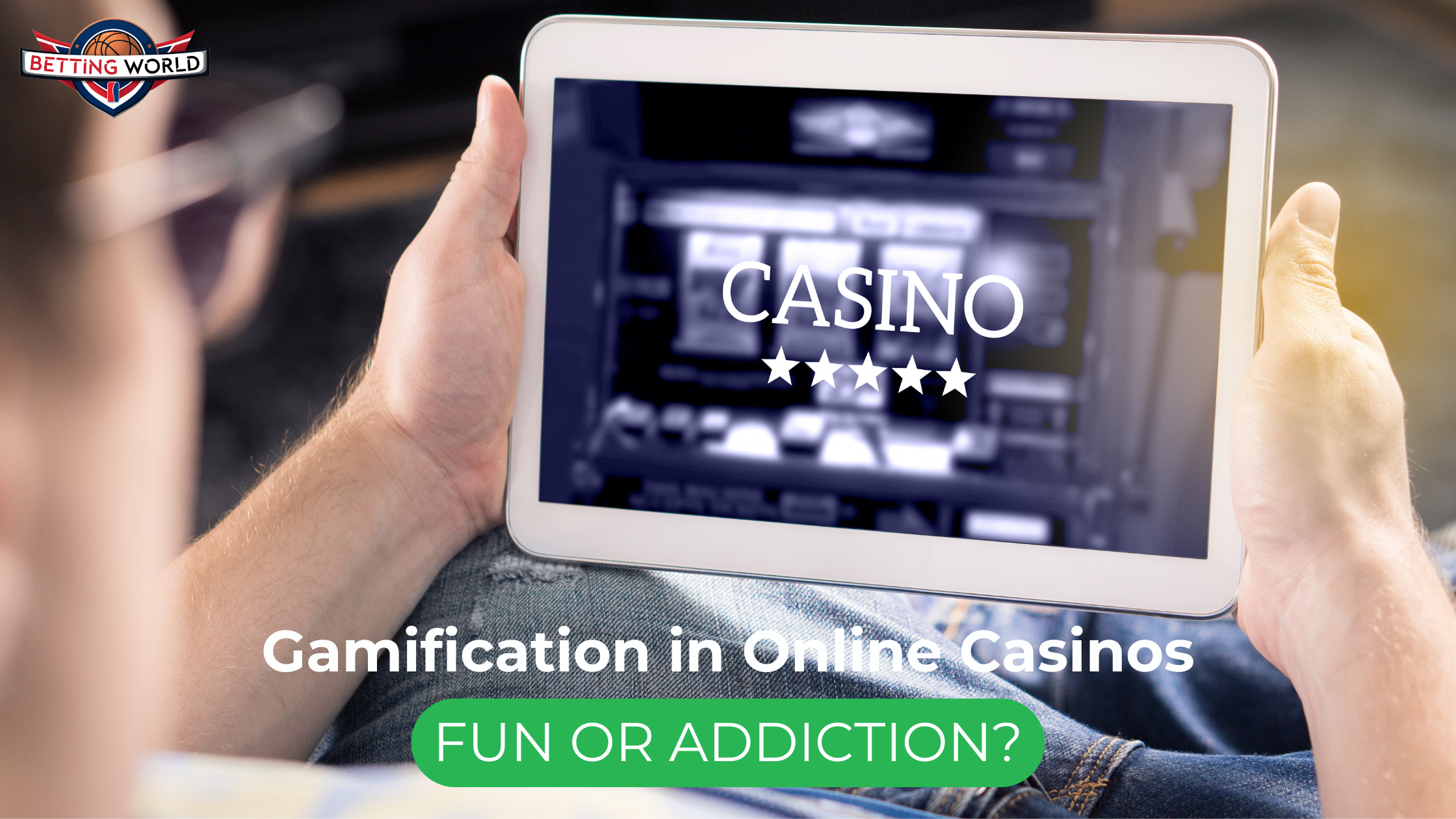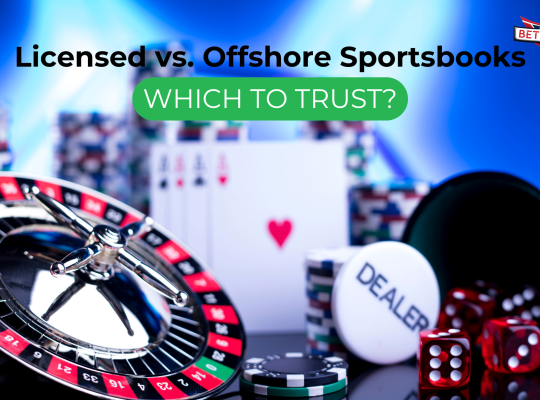The online gambling industry has seen significant growth over the past decade, thanks in part to technological advancements and innovative marketing strategies. One of the most influential trends in this space is gamification—using game-like elements to enhance user engagement. Gamification has transformed online casinos, making them more interactive and entertaining. However, while it adds an element of fun, it also raises concerns about gambling addiction.
This article explores how gamification impacts online casinos, its benefits, and the risks associated with it.
What is Gamification in Online Casinos?
Gamification refers to incorporating elements commonly found in video games, such as points, levels, leaderboards, achievements, and rewards, into the gambling experience. Online casinos use gamification to make their platforms more engaging, encourage player retention, and create a sense of achievement for users.
Some common gamification features in online casinos include:
- Loyalty Programs: Players earn points for playing games, which can be exchanged for rewards or bonuses.
- Challenges and Missions: Users are given tasks to complete, adding a layer of interactivity beyond traditional gambling.
- Tournaments and Leaderboards: Players compete against each other, adding a competitive edge to the gaming experience.
- Avatars and Personalization: Some casinos allow users to create digital avatars and customize their gaming environment.
- Daily Rewards and Bonus Wheels: Randomized rewards encourage players to log in and play regularly.
These elements make gambling more engaging and dynamic, but they also have psychological implications that can influence player behavior.
The Fun Side of Gamification
Gamification has undeniably improved the online casino experience for many players. Here are some of the key benefits:
1. Enhanced Engagement
Gamification keeps players entertained by providing a sense of progression. Instead of simply placing bets, users feel like they are achieving something, whether it’s leveling up or unlocking rewards.
2. Increased Motivation and Rewards
Loyalty programs and challenges give players additional reasons to keep playing. Unlike traditional casino games, which rely purely on luck, gamification introduces elements of skill and strategy that can make gambling more enjoyable.
3. Social Interaction
With features like leaderboards and tournaments, players can compete against friends or other users. This social aspect makes the experience more exciting and fosters a sense of community.
4. Personalization
Many gamified platforms allow players to personalize their experiences, making the gambling environment more immersive and tailored to individual preferences.
5. More Control Over Spending
Some argue that gamification can help players manage their budgets better by providing clear goals and incentives that reduce impulsive betting.
The Dark Side: Increased Risk of Gambling Addiction
While gamification enhances the gaming experience, it also has the potential to encourage compulsive gambling behaviors. Here’s how:
1. Psychological Manipulation
Gamification elements are designed to trigger the brain’s reward system. Achievements, levels, and prizes create a dopamine rush, which can make gambling more addictive. Players may feel compelled to keep playing to achieve the next milestone, even if they are losing money.
2. Encouraging Continuous Play
Features like daily bonuses, streak rewards, and timed challenges encourage players to return frequently. This can lead to excessive gambling, as users feel pressured to log in daily to maintain progress.
3. Illusion of Control
Gamification can give players the false impression that they have more control over outcomes than they actually do. While some elements involve skill, most gambling games are still based on chance, leading to overconfidence and excessive risk-taking.
4. Increased Spending Through Microtransactions
Many gamified casinos use in-game currency, encouraging players to purchase more chips or credits to continue playing. This can lead to significant financial losses over time.
5. Targeting Younger Audiences
Gamification often makes online casinos resemble video games, which can attract younger audiences. This raises ethical concerns about encouraging gambling behavior in individuals who may not fully understand the risks.
Balancing Fun and Responsibility
Gamification is a double-edged sword. While it enhances entertainment value, it also increases the risk of gambling addiction. Here are some measures that can help maintain a balance:
1. Responsible Gaming Tools
Online casinos should integrate tools like deposit limits, self-exclusion options, and session reminders to help players manage their gambling habits.
2. Transparency in Rewards and Outcomes
Casinos should be transparent about how rewards and bonus systems work, ensuring players understand the risks involved.
3. Stricter Regulations
Governments and regulatory bodies should monitor gamification strategies closely to prevent excessive manipulation of players and protect vulnerable individuals.
4. Awareness Campaigns
Educating players about the potential risks of gamified gambling can help them make informed decisions about their gaming habits.
Final Thoughts: More Fun or More Addiction?
Gamification has revolutionized online casinos, making them more interactive and engaging. It offers a more dynamic experience, encourages player participation, and provides entertainment beyond traditional gambling. However, it also introduces new risks, particularly concerning addiction and financial loss.
The key to responsible gamification lies in moderation and ethical implementation. If online casinos and regulatory bodies take necessary precautions, gamification can remain a fun, rewarding feature without becoming a dangerous addiction trap.
Ultimately, players must be aware of their habits, set limits, and approach online gambling as entertainment rather than a way to make money. Responsible gambling ensures that the fun aspects of gamification do not turn into harmful consequences.











